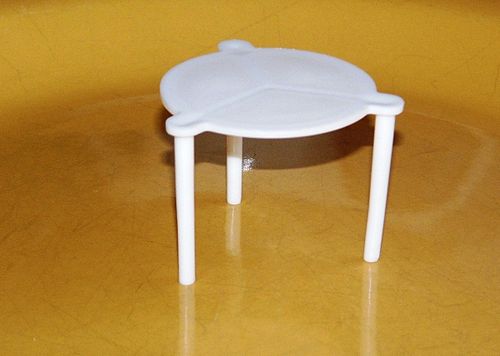Why Global Packaging Needs Local Thinking: Lessons from Pizza Hut
- Renata Daudt

- Aug 20
- 2 min read
When Pizza Hut reached out, the challenge was clear: their packaging worked well across multiple global markets, but Australia posed a different story.
What looked like a simple pizza box problem turned out to be a bigger question — how do you make global packaging strategies fit into local recycling systems, regulatory frameworks, and consumer expectations?
The Challenge
Pizza Hut had invested in recyclable, well-engineered packaging. On paper, it was sustainable, safe, and consistent with global brand standards. But once in Australia, the same packaging didn’t fully align with our kerbside recovery systems and evolving regulatory requirements.
The issue wasn’t about quality — it was about compatibility. And in a market where compliance, sustainability claims, and greenwashing risks are under growing scrutiny, “close enough” is not an option.
There is a reason why packaging elements are used, have you ever noticed a corrugated paper under the pizza or one of the this?
This little plastic is called "pizza saver" and was created to prevent the top of the box to collapse and touch the pizza, however with development in the packaging structure of the pizza boxes, this single used plastic piece can be completely eliminated.
And what about the "corrugated paper sheet", that is to retain the food and grease so you can throw in the bin the sheet and recycled the pizza box without contaminating the recycling stream!
The Packaging Assessment
To address the gap, we started with a comprehensive packaging review. I looked not only at the customer-facing packaging but also everything used across Pizza Hut’s supply chain.
From there, we:
Set up a system to collect packaging data from suppliers, ensuring accuracy and transparency.
Built a custom calculator to convert that data into APCO Packaging Metrics.
Used the tool to confidently complete Pizza Hut’s APCO Annual Report, while also creating a clear baseline for future packaging decisions.
The result: Pizza Hut gained visibility into the true performance of its packaging within the Australian context — not just compliance, but actionable insights.
The Insight
Packaging is never universal. It’s not just about the box — it’s about the system the box lives in. Policies, infrastructure, and consumer behaviour all shape whether packaging succeeds or fails in the real world.
For Pizza Hut, the solution wasn’t a full redesign. Instead, it was a matter of smart adaptation: tweaking packaging choices and reporting systems so they matched Australia’s recycling framework — without compromising brand experience, food safety, or cost efficiency.
The Opportunity
For global brands, this case shows that local adaptation is more than a regulatory checkbox — it’s a competitive edge:
Stronger sustainability credentials
Better supplier partnerships
Access to recycled content streams
Alignment with conscious consumer expectations
Bridging Global and Local with AWEN
At AWEN Packaging Consulting, we help global food & beverage brands bridge the gap between international packaging strategies and local compliance realities.

Our work with Pizza Hut is one example of how packaging can be reshaped to meet local needs without losing sight of global standards. By aligning systems, data, and design, we help brands protect both trust and performance in complex regulatory environments.
📥 Free Resource — Packaging Audit Checklist for Download
Spot hidden compliance risks
Understand local recovery systems
Future-proof your sustainability claims








Comments